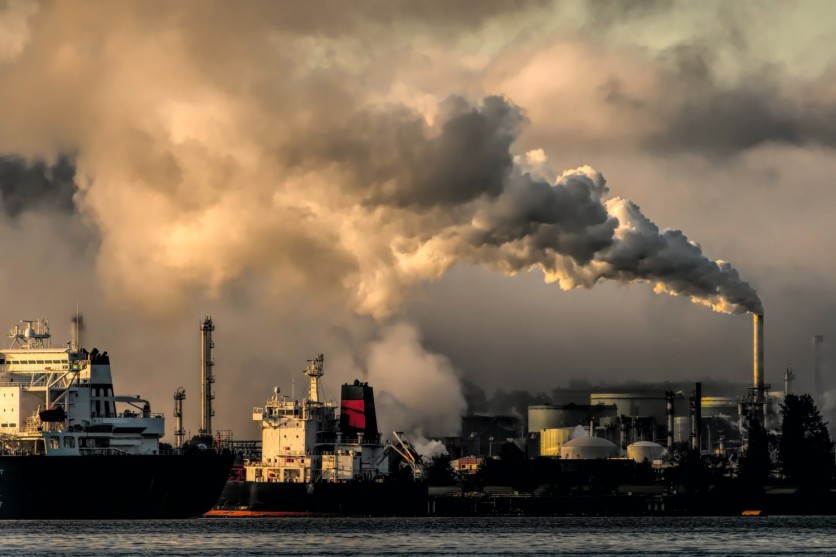The effects of climate change have been felt by many people because of extreme fluctuations in the temperature. However, this does not mean that the heat exposure in one city will be similar to another location.
There's still a gap as to how some cities are hotter on a particular day than their neighboring places. This is why the US communities have launched an initiative to map the heat islands across the country.
Climate Resilience Through Mapping

When you travel to a certain city, you might notice that the temperature gives you a sweltering feeling. However, when you trace back your location to the next city, you might feel a slight change in the temperature. This suggests that one city that you have visited might be an "urban heat island."
According to a previous report by USA Today, an urban heat island is a reason behind the heat differences in some cities. For example, when you go to New York in the afternoon, you might immediately notice that it's 15 to 20 degrees hotter compared to the nearby cities.
As per the National Integrated Heat Health Information System, the cooler cities reportedly have more vegetation, and only a few buildings are erected in the areas.
As part of the climate resilience program, the US aims to monitor the discrepancy in heat in the cities. In fact, the frequent disasters that visit the country, such as floods and hurricanes, have one thing in common - the heat.
Due to the worsening global climate issue, every nation must gradually cope with the natural changes in its surroundings. However, there's more to just adapting to these, and it can be done through mapping.
The mapping of the heat islands is part of the program, which is spearheaded by the National Oceanic and Atmospheric Administration (NOAA).
The initiative has been running for six years. At that time, the space weather agency had already conducted several US studies, particularly involving 70 counties.
The Experiment
As part of the feasibility test, many volunteers reached out to the agency. The experiment involves 57 teams, and each of them is composed of two participants. They are tasked to explore 19 various routes in the region.
For NOAA, the experiment went successful as planned since about 600 participants took part in the action. They have traveled each route in just a single day.
There's a specific time for the visitation. After visiting a county at 6 AM, they need to revisit the same exact location at 3 PM and 7 PM.
CAPA Strategies provided the sensors that the participants needed in the experiment. In the succeeding weeks, the company has gathered the data for further analysis.
To see the differences in the temperature in the counties, they put it on a map to better visualize the hottest spots.
Related Article : NASA Fears Climate Change's Effects to its Vehicles, Equipment, Infrastructure-Here's Why
Solutions to Adapt to Urban Heat Islands
Climate change has been ramping up a sudden increase in the temperature. Because of this, there's an immediate need to adapt to these changes, as per Phys.org.
According to NOAA's National Weather Center director Ken Graham, the Montgomery Country has been experiencing extreme temperatures of over 90F for about 19 days annually.
He expected that by 2050, the number of days that exceed 90F will be 70. That's a lot compared to the present.
It should be noted that the presence of many buildings and concrete is one factor why urban heat islands exist. To lessen its impact, going green should be mandatory. The development of ultra-reflective plants is seen to be another solution to this issue.
"That's just a taste of the future we need to prepare for, he said. "It's going to take all of us to be a climate-ready nation. And if we work together, we can do it," Graham said after acknowledging the importance of mapping initiatives.
This article is owned by Tech Times
Written by Joseph Henry




